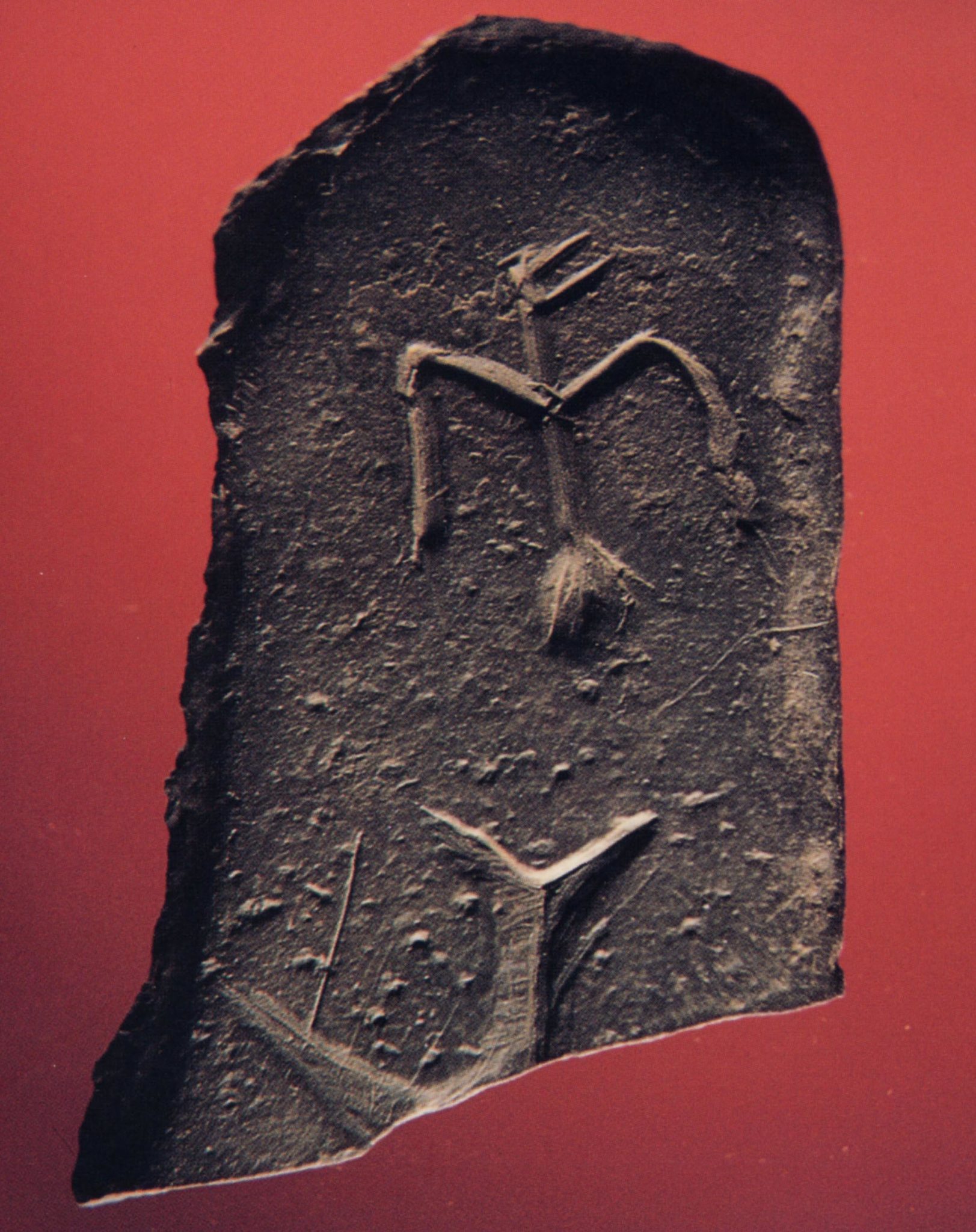Since the spring of 1992, ASI has carried out extensive archaeological investigations along the shore of the Niagara River within the Town of Fort Erie. This work was undertaken on behalf of the Buffalo and Fort Erie Public Bridge Authority, and the Public Works Department of the Town of Fort Erie, in conjunction with the redevelopment of commercial customs facilities, and the upgrading and expansion of Town infrastructure. The overall goal of this research was to mitigate the adverse effects of redevelopment activities upon the extensive and rich archaeological deposits known to have survived within the urban core of the Town.
This campaign of research entailed a comprehensive background study of the archaeological potential of the shoreline in light of the environmental history of the region, the patterns and character of recent land use and development along the river, and the distribution of known archaeological sites within the Town. The identification of areas of archaeological sensitivity was also premised upon -and further tested through- the results obtained through field testing in the form of drilling boreholes along existing roads, sidewalks and boulevards in order to examine soil stratigraphy and detect buried cultural soil horizons, as well as salvage excavations carried out throughout the site between 1992 and 1999.

The principal conclusion of this research was that the buried black organic soil layer, representing the rich archaeological deposits first documented by Frederick Houghton of the Buffalo Museum of Science, which contains evidence of approximately 4,000 years of pre-contact occupation of the river shore, extends west from the Niagara River for some 400 metres, north from the Peace Bridge for approximately 600 metres, and south by 200 metres thereby encompassing an area of about 24 hectares (60 acres). Moreover, this deposit extends southward from the Peace Bridge for a considerable distance, as suggested originally by Houghton. Excavations at the Snake Hill site (AfGr-6), an American military cemetery dating to 1814 and located approximately 2.6 km further south along the shore of the river and lake, yielded, in addition to the remains of American soldiers, evidence of the buried artifact-laden soil horizon, and of extensive use of the site from Archaic times through to the Early Iroquoian period.
Further excavations undertaken in 2000-2001 unveiled a rare and incredible find-an in situ birdstone. Approximately 2,500 years old and dating to the Early Woodland (Meadowood period), the elegant 15-cm slate artifact represents an elongated animal form, with a raised tail and head and slightly protuberant eyes. Birdstones are thought to have been used by hunters to add weight to spearthrowers in order to increase the throwing distance. However, despite its possible utilitarian function, it cannot be denied that the birdstone is also an exquisite artistic piece.
Our work at the Peace Bridge Site has led to the publication of scholarly papers; two books entitled Legacy of Stone: Ancient Life on the Niagara Frontier, and In the Shadow of the Bridge: the Archaeology of the Peace Bridge Site (AfGr-9), 1994-1996 Investigations; and a Masters Level Thesis.
ASI was involved in the preparation of a professionally designed 1000 sq. ft. exhibit that is housed in the new Peace Bridge administration building in Fort Erie, Ontario.


